Message to the Project
Princess Akiko of Mikasa
President of Shinyusha / Representative of the promoter of "Urushi Noh" for the Noto Peninsula Earthquake Reconstruction Prayer
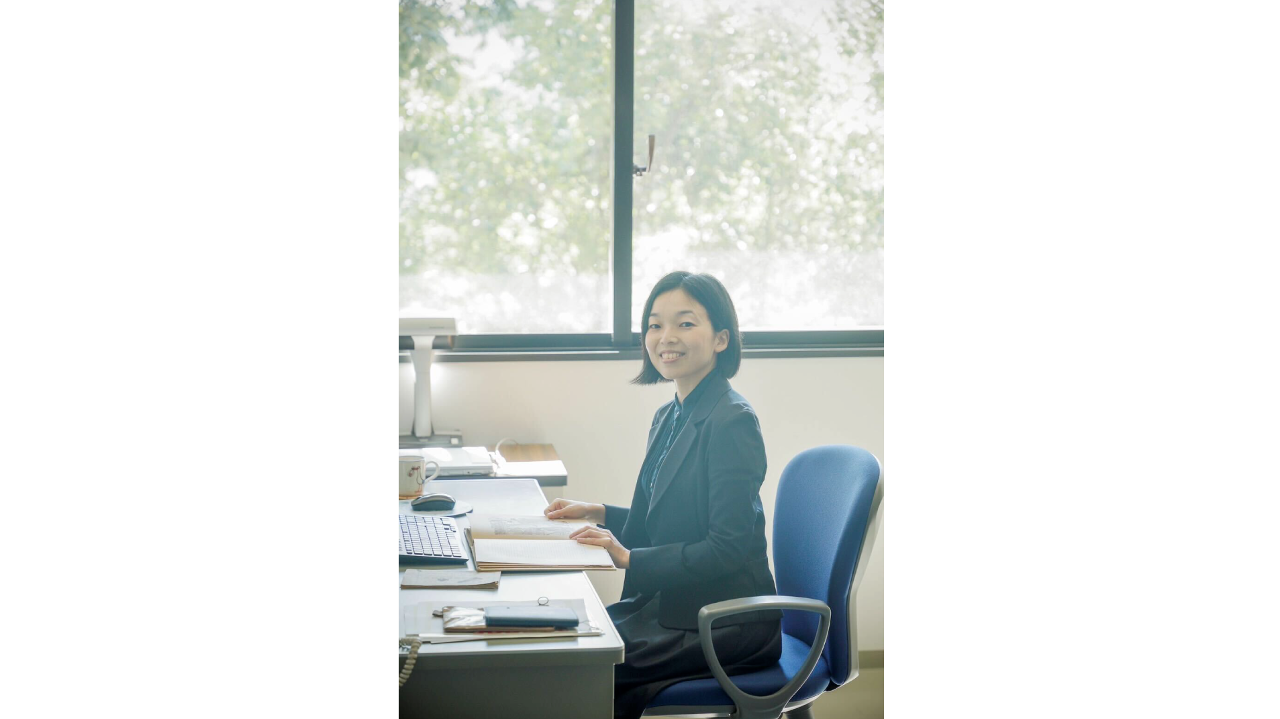
We are currently planning a new Noh play with the theme of "Urushi (lacquer)" to pray for the recovery from the Noto Peninsula earthquake. This project was originally conceived two years ago by a group of volunteers who were concerned about the environment surrounding Japanese lacquer and lacquer art, and we were planning to stage it this year. Just then, on January 1, 2024, a major earthquake hit the Noto Peninsula in Ishikawa Prefecture.
This earthquake devastated the Urushi culture of the Noto Peninsula, especially in the City of Wajima. Some of the craftspeople who formed the basis of this cultural tradition lost their own lives, or their family, friends, and loved ones in the earthquake. In many areas, lifelines such as water, gas, electricity, and roads has not yet been restored, and many people are still having a difficult time living in temporary houses or in unfamiliar environments away from their hometowns.
Since the earthquake, we have wondered whether we should proceed with cultural and artistic projects that are not directly related to their daily lives, given that we still do not have a complete picture of the damage in the Noto Peninsula.
However, no matter how difficult the situation is, art and culture are a beacon of hope that enriches our mind and daily lives. Art and culture are irreplaceable, as they liberate the hearts and minds of people who are facing difficulties and despair, at least when art and culture are in contact with the people to give them a moment of freedom.
The culture of Urushi, nurtured by the harsh yet beautiful natural environment of the Noto Peninsula, has been patiently developed by a number of nameless craftsmen who have lived there. The lacquer culture of the Noto Peninsula, centered in Wajima, which is about to be lost in the recent earthquake, is an irreplaceable treasure for us Japanese.
Noh is the art of prayer.
We would like to dedicate our Noh play to the victims of the disaster and to all people involved with lacquer in the Noto Peninsula, to be close to them and to pray for their quick recovery. We would also like to deliver our support directly to those affected by the disaster and to the craftspeople who has contributed to the development of this rich lacquer culture. With these thoughts in mind, we have decided to perform "Urushi Noh", which was once suspended, as a Noh performance to pray for the recovery from the Noto Peninsula Earthquake.
All donations will be used to support lacquer craftsmen and pass on lacquer culture to the next generation through the production of Urushi Noh plays, dedications, and lacquer artworks.
We hope to receive your support and assistance.
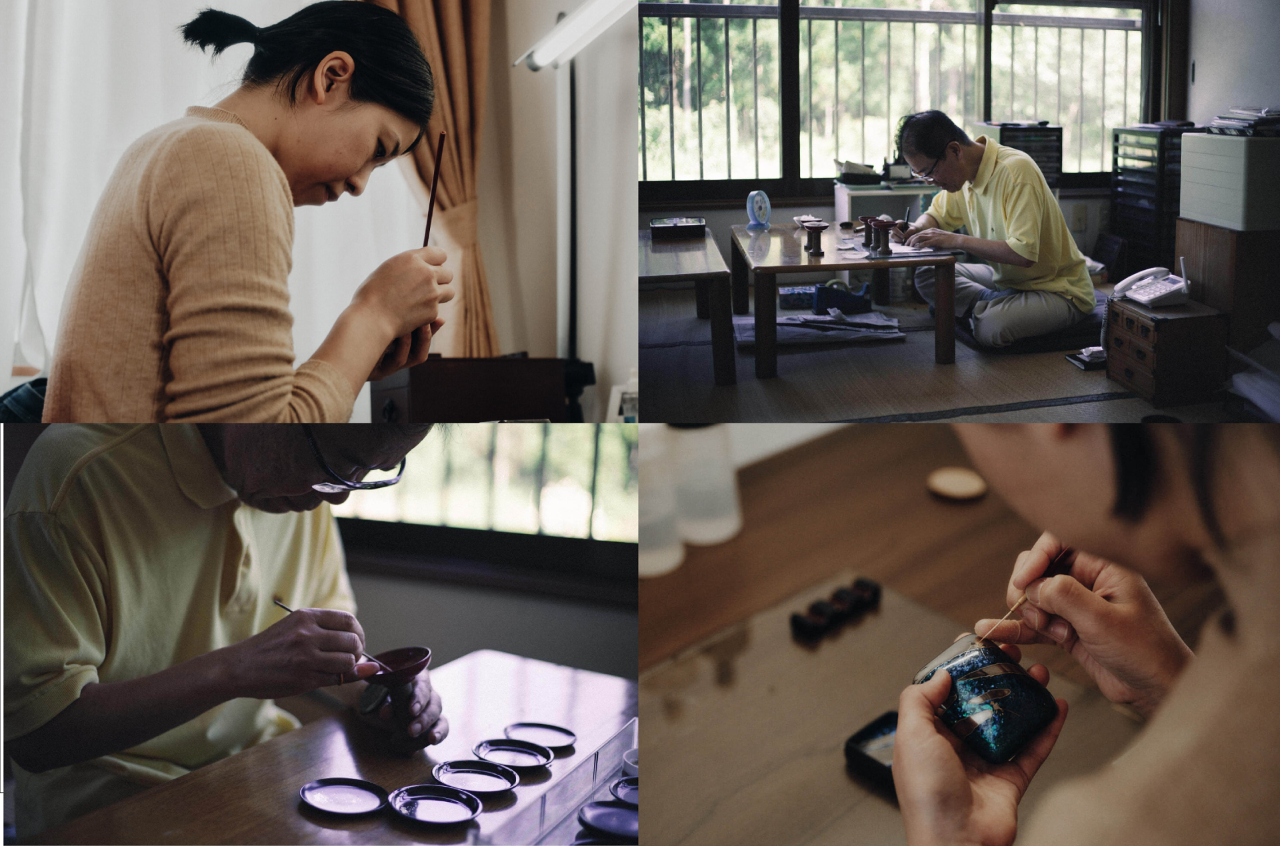
Two Waka Poems by Princess Akiko of Mikasa
漆てふ若木の涙固まりて神へと届く光とならむ
Urushi cho, wakaki no namida katamarite kami e to todoku hikari to naramu.
(Tears of young lacquer trees have solidified to become a ray of light that reaches to God.)
傷つきて涙こぼして倒されて命伝ふる漆うるはし
Kizutsukite namida koboshite taosarete inochi tsutauru urushi uruwashi
(I adore lacquer, retaining their life even after getting injured, spilling tears, and falling down.)
In February 2022, the Committee asked Her Imperial Highness Princess Akiko of Mikasa to compose waka poems about lacquer, and received the above two poems. The script for this production of "Urushi Noh" is based on these poems written by Her Imperial Highness.

What is Urushi Noh?
It is a new Noh play in which the main character is a lacquer-cutter. We are asked the question, "Is there originally a Noh play called 'Urushi (Lacquer) Noh'? However, there is no lacquer-themed Noh play.
In this project, we will put together a Noh play that incorporates the scenery of the Noto Peninsula before the earthquake, the art of 'urushi kaki'( =漆掻きlacquer scraping, nowadays rarely observed), and lacquer, which has been a pillar in the lives and prayers of the Japanese people since the Jomon period, these will be incorporated in order to pass on the collective memory of the lacquer art culture of the Noto Peninsula to the next generation.
It will take a tremendous amount of time to revive the lacquer culture of the Noto Peninsula. However, we believe that at the very least, by preserving the art of lacquer in Noh, we earnestly believe we will be able to keep alive the deep connection the Japanese people have with lacquer.
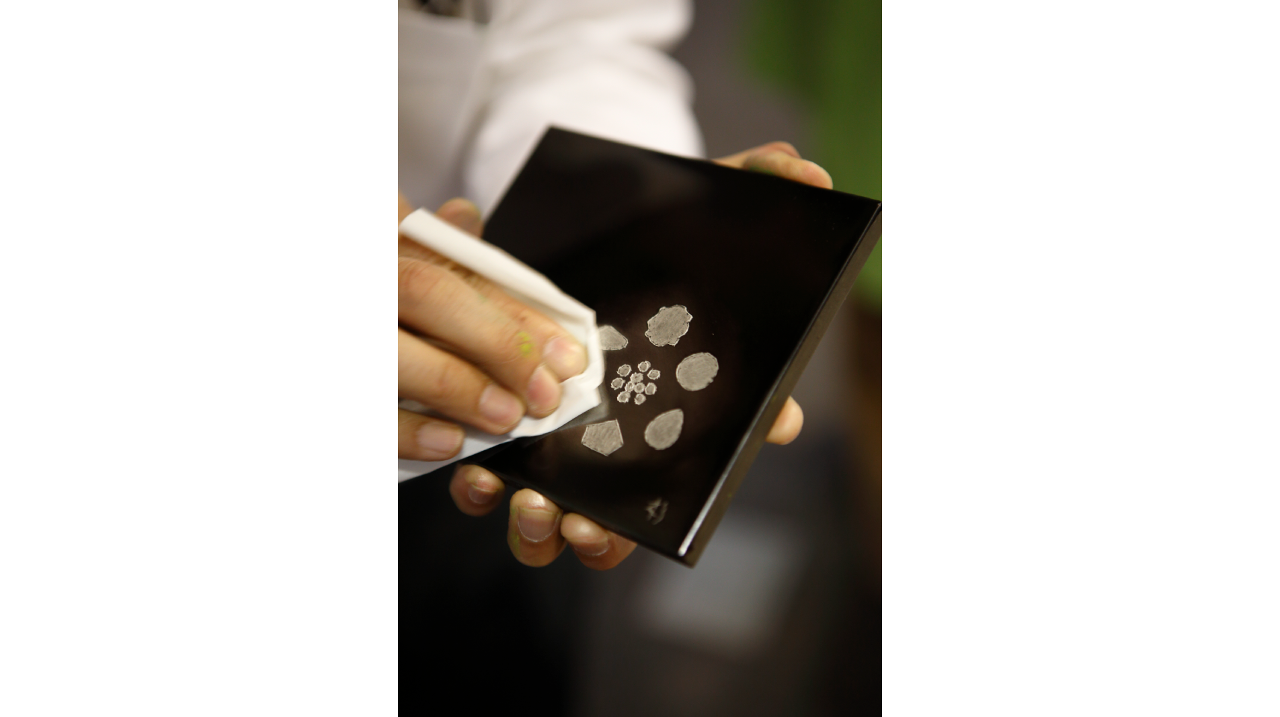
About us
Introduction of "Shinyusha" General Incorporated Association
We want to create an environment where traditional Japanese culture can continue to live on, and we want to provide children, who will be the core of this culture, with opportunities to experience authentic Japanese culture. The Shinyusha was established by a group of volunteers who share Her Imperial Highness Princess Akiko's wish. This organization was established on April 1, 2012.
The main focus of our activities is to organise workshops and provide programs for children to experience Japanese culture. For example, we provide opportunities for children to experience Japanese skills that we want to be passed down, performances of traditional performing arts such as Kabuki and Noh, demonstrations of world-class traditional crafts, and kids' camps where children can experience nature that is unique to Japan. We hope that through these activities, they will discover ways to proactively experience Japanese culture throughout their lives.
Sunday, November 17, 4:00 p.m. ! Hounou(奉納) Performance of "Urushi Noh(漆能)" and Talk Event
The Executive Committee of "Urushi Noh" is planning to hold a Hounou Shimai (奉納仕舞/ dedication performance) of a new Noh play "Urushi Kuyo" and a talk event by the founders, including Her Imperial Highness Princess Akiko of Japan.
Performers and guest speakers (tentative): Her Imperial Highness Princess Akiko (President of Shinyusha, representative of the founder of the "Urushi Noh" Executive Committee), Nozomu Hayashi (author of "Urushi Kuyo", writer), Takanobu Sakaguchi (founder of the "Urushi Noh" Executive Committee, Noh actor of the Kanze school), Takashi Wakamiya (leader of "Hikoju Maki-e", founder of the "Urushi Noh" Executive Committee)
How your donation will be used
All donations will be used to support lacquer craftsmen through the production, and performances of Urushi noh plays, including 'Hounou Shimai'(奉納仕舞/ ceremonial performances) and to educate the next generation about the culture of lacquer art.
We will also send a report on details of how the donations are used to support the craftsmen as well as the Hounou performances.
Damage caused by earthquake in Wajima city (left photo) and a lacquer craftsman's workshop that was severely damaged.
Takashi Wakamiya (center photo), one of the founders and leader of the lacquer craft group "Hikoju Maki-e," and the craftsmen of Hikoju Maki-e. Many of the craftsmen in the photo were affected by the earthquake.

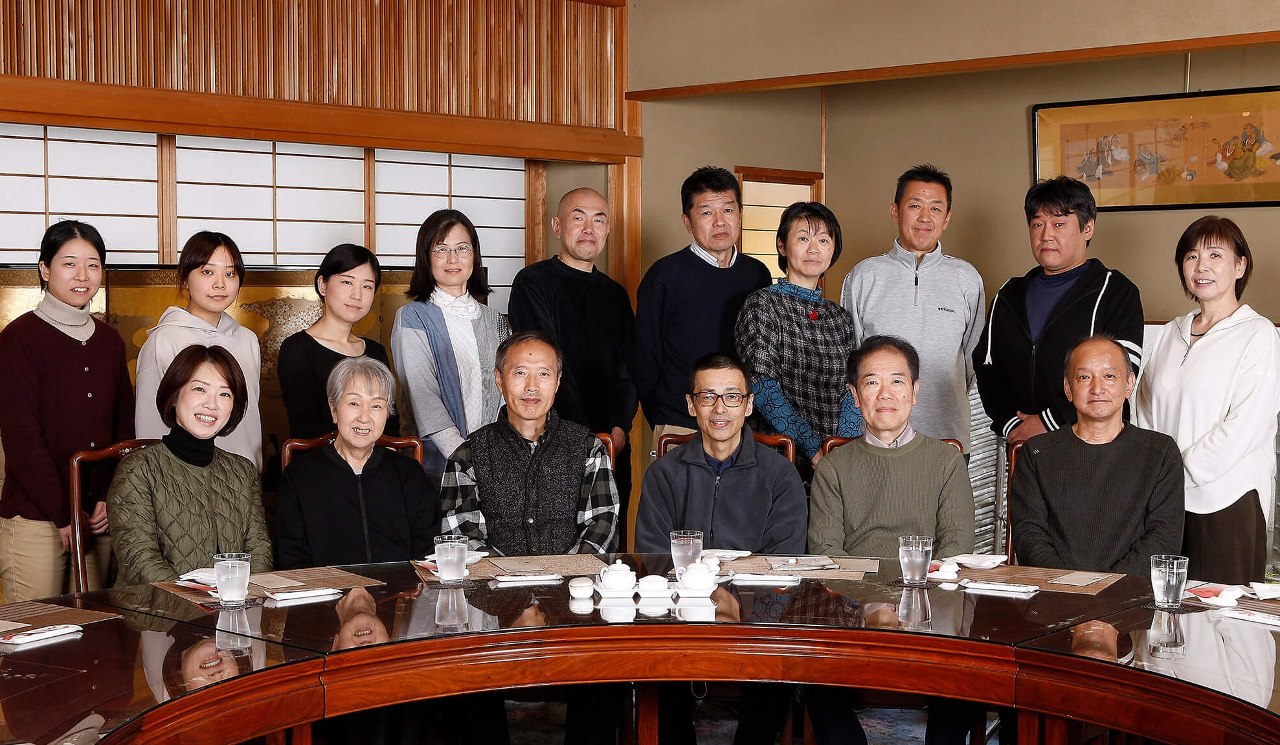
Q&A
Why Noh?
Noh acts as a vehicle to pass on our cultural collective memories. For example, episodes from "The Tale of Genji" and waka poems, which we are all familiar with today, were widely transmitted through Noh scripts (utai). Even if the art of lacquerware were to cease to exist, as long as it remains in Noh plays, a cultural revival is possible even 100, 200, or even 1,000 years from now.
Noh is also the art of prayer. We would like to produce "Urushi Noh" and pray together with everyone for the recovery of the Noto Peninsula, which was devastated by the earthquake and tsunami.
What is our aim for this project?
The goal is to pass on the lacquer culture of the Noto Peninsula. We believe that there are two types of inheritance: the inheritance of collective memories and the inheritance of techniques. Therefore, in this project, we will produce Urushi Noh to pass on memories, and provide direct support to craftsmen to pass on their skills. We chose to ask your donation to pray for and support the revival of the Noto Peninsula's lacquer craft culture with as many people as possible.
How will the funds raised be used?
All funds raised will be used to support lacquer craftsmen through the production, Hounou performances, and creation of lacquer artworks. We will inform our supporters of how the funds will be used once the project begins, and when it ends.
What kind of support will be provided to the craftsmen?
The funds will be used to support the craftsmen in producing their works of lacquer art. The lacquer craftsmen of the Noto Peninsula must continue to produce works of art in order to pass them on to the next generation. It is said that there are more than 100 processes involved in the production of Wajima-nuri, and many craftsmen are involved in a single piece of work. This project aims to increase the number of craftsmen involved, support them, and pass on their skills by producing works that incorporate Wajima-nuri techniques as much as possible.
What are the works that will be produced?
There will be three types of works: "Honou-dougu (奉納道具, tools used for offerings)", "Urushi Noh tools and maki-e(蒔絵) works with motifs of Urushi Noh," and ''pieces to pray for revival''. For further details, please refer to the "Planned Works" at the bottom of this page.
When will the "Prayer for Revival" pieces be delivered?
We apologise that confirmation of when pieces will be available for shipping, will be at a later stage. This is due to the fact that the full extent of the damage caused by the Noto Peninsula earthquake is still unclear. Many craftsmen involved in the lacquer craft industry were affected by the disaster, and the number of craftsmen who are able to resume their work is limited. However, the art of lacquerware in the Noto Peninsula will cease to exist if we do not first start with the production of lacquerware.
The revival of the Noto Peninsula's lacquer art will take a long time. We thank those in advance who are happy to support us with this patience and understanding.
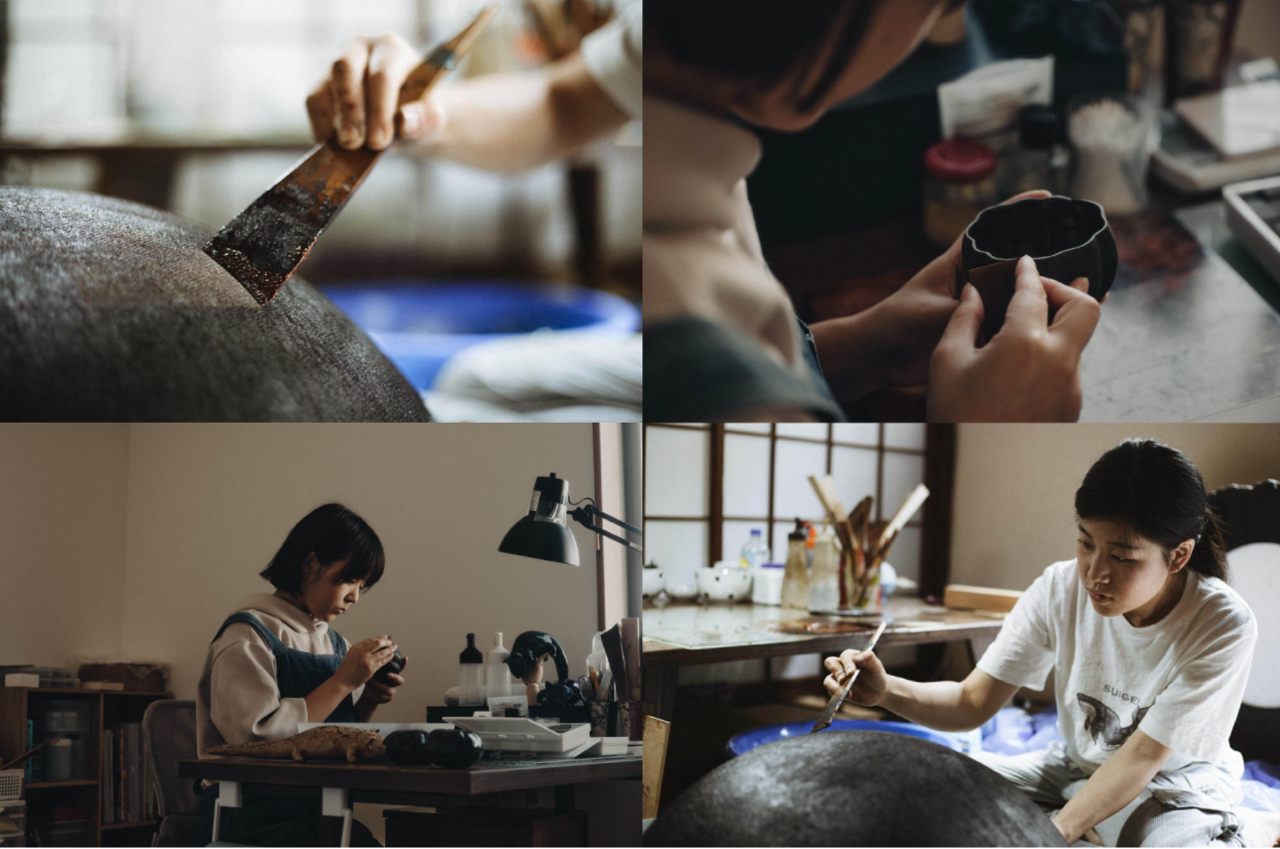
Works to be produced
Dedication tools
These tools will be dedicated in prayer for recovery from the Noto Peninsula earthquake. Lacquerware rescued from Wajima will be decorated with maki-e and other decorations.
The names of the people involved in the production of the work and the names of supporters who have donated 300,000 yen or more as honorary founders, will be written on the back of the work.
After the exhibition, the work will be dedicated to a shrine or deposited in a museum or other institutions.
Four or five Urushi Noh tools and lacquer artworks inspired by Noh plays (depending on the amount of donations received)
Tools used in the new Noh play "Urushi-kuyo (漆供養)" and lacquer artworks with a motif of Urushi Noh. The lacquer tools, noh-kan (能冠 / crown), natsume (棗 / vessel used to hold matcha), bowls, etc. are planned.
After the exhibition, they will be offered at a shrine or deposited in museums and other institutions. The number of craftsmen involved will be as large as possible, and their techniques will be as diverse as possible.
Prayer for Revival
Despite the urgent need for young craftsmen to carry on the art of lacquerware, the recent earthquake has deprived young craftsmen of the opportunity to create works of art.
In this project, young craftsmen will create works of art using their current skills and ideas, and send them to donors who have donated 30,000 yen or more.
Due to the nature of the work, we are unable to inform you in advance of details about the piece that will be received.

